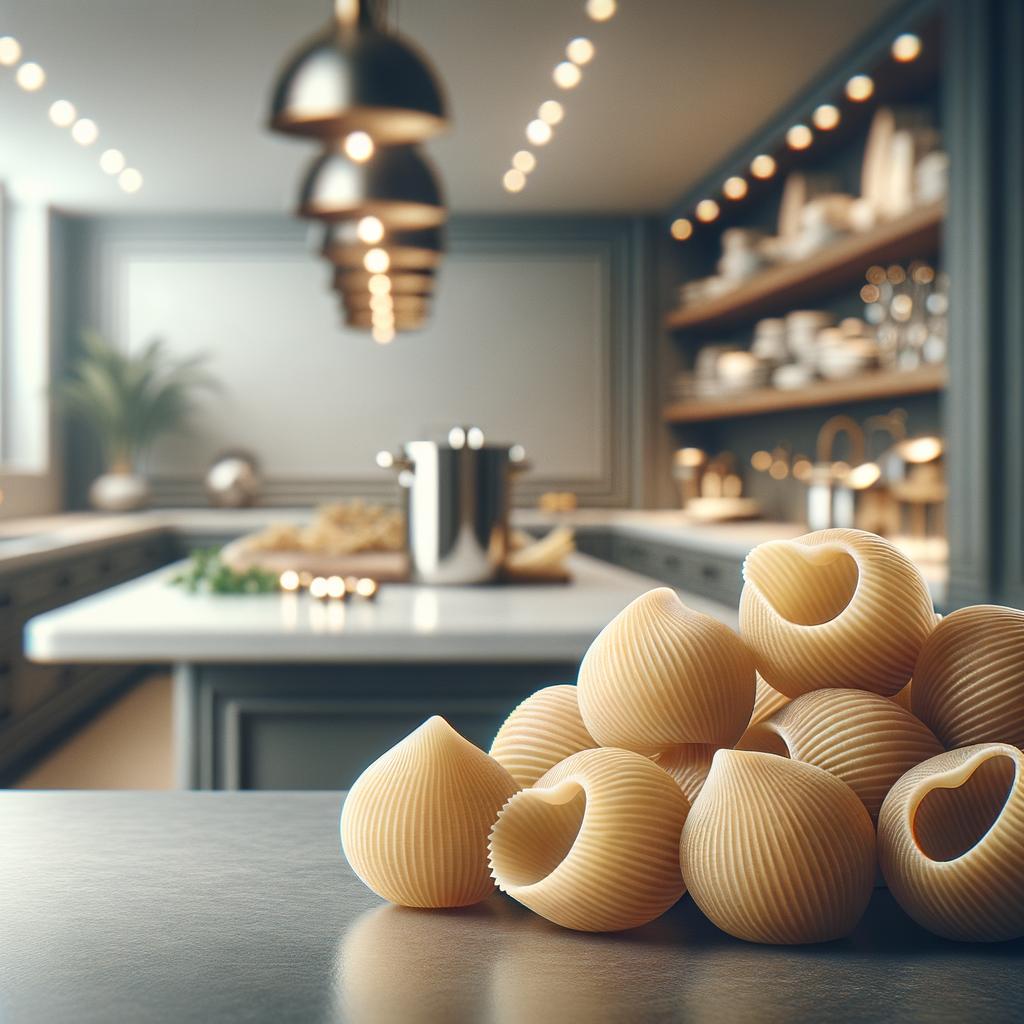Pasta Shells

Description Pasta shells, or "conchiglie" as they are known in Italy, are a delightful and whimsical ingredient that are a joy to both the eyes and the palate. These small, shell-shaped pasta pieces are reminiscent of a day at the seaside, with their curved bodies and ridged exterior mimicking the natural beauty of seashells. They boast a firm, chewy texture when cooked al dente, providing a satisfying bite. The flavor profile of pasta shells is quite neutral, allowing them to absorb and enhance the flavors of the sauces and ingredients they are paired with. Their unique hollow structure sets them apart from other pasta shapes, as it acts as a pocket that traps and holds sauces, providing a burst of flavor with every bite.
Primary Uses Pasta shells are a versatile ingredient used extensively in Italian cuisine and beyond. They are a key component in a variety of dishes, from comforting baked pasta dishes, to refreshing pasta salads, to hearty soups. The shells' ability to hold onto sauces and fillings make them an excellent choice for stuffed pasta dishes, filled with everything from ricotta and spinach to meaty Bolognese. Beyond the culinary realm, pasta shells, like other pasta shapes, have found their place in children's art projects and classroom learning activities.
History The history of pasta shells is intertwined with the rich culinary heritage of Italy. While the exact origins are unclear, pasta in general has been a staple in Italian diets for centuries. The shell shape, specifically, is believed to have been inspired by the abundance of beautiful seashells found along Italy's extensive coastline. Over time, pasta shells have gained popularity worldwide, thanks to their playful shape and versatility. There are folk tales in some Italian regions that pasta shells were used as a form of currency, due to their resemblance to ancient seashell-based currencies.
Nutritional Information Pasta shells, like most pasta, are primarily a source of carbohydrates, making them a great energy provider. They also contain some protein and are low in fat. Whole wheat versions offer a higher fiber content and a more robust nutritional profile, including B vitamins and minerals such as iron and magnesium. While pasta shells are not a significant source of vitamins or minerals on their own, they often serve as a base for nutrient-rich sauces and fillings, enhancing the overall nutritional value of the dish. Compared to other pasta shapes, the nutritional differences are minimal, as the primary difference lies in their shape and the way they interact with other ingredients.

